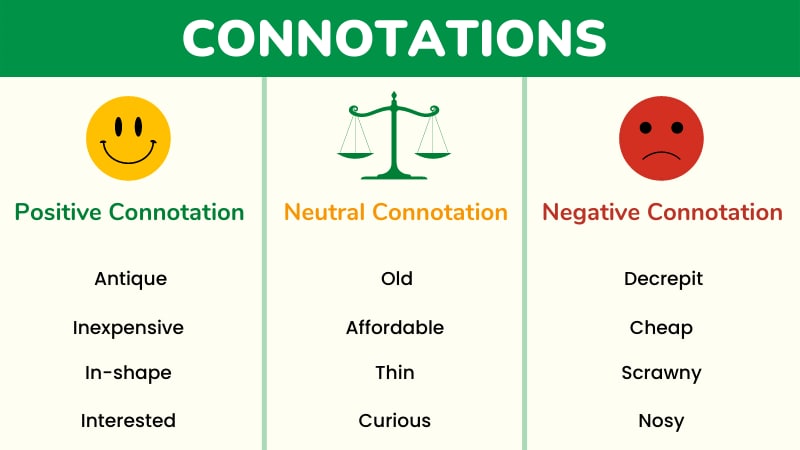Types of Persuasive Writing
Persuasive Writing
If you have ever had a debate, you must already know how to write an article that can persuade. You just have to put what you would say, into words. It can be why your school shouldn't be more than 3 hours, why peanut butter is better than Nutella, why Real is better than Barca. Anything it is, you just have to try to make the reader accept and be persuaded by your point of view.
This does not, however, mean that you'll be jumping up and down to prove your point. You can't jot down all your arguments in a paragraph and end it with that is why you're right. What you have to do is start with basics, that is an introduction, state your points and facts, and build them up with justification, use rhetorics and discuss alternatives and what they mean. Only after all these can you conclude that your point is valid.
So let's move on to look at the different types of persuasive writing.
Types of Persuasive Writing:
There are 3 types of persuasive writing. They include:
1. The appeal to reason/Logos
2. The appeal to emotion/Pathos
3. The appeal to character/Ethos
Appeal to Reason/Logos:
Logos is a Greek word, and it is the appeal to reason or logic. Here you will use solid facts and proof to convince the reader that your arguments are strong. Numbers, charts, graphs, percentages make up this kind of writing stronger. For example, A bar of snickers has 380 calories and 30 grams of sugar so it is unhealthy. Here numbers can persuade. Or, using a cream has alleviated 95% of the 100 participants' pimples, that is statistics and can persuade.
Appeal to Emotion/Pathos:
This type of persuasion is more appealing because people listen to their emotion more than their minds. Here you use a person's faith or imagination to help them come to your side. For example,
calling for donations to hungry and impoverished puppies and kittens. This calls into the humanitarian point of view and the listener/reader will consider himself or their family in the place of these animals, and these animals that have no home, no one to take care of them, will create an emotional appeal to the mind of the reader. Again writings about how you should stand up against the autocratic authority who disrespects you or downgrades you in your workplace, or how to stand up against bullies, these are writings that appeal to the emotions.
Read: Types of Descriptive Writing
Appeal to Character/Ethos:
Here the persuader tries to show himself as a person of character and uses his virtues to attain the mind of the reader. The most common example of this is the celebrity endorsed ads. In writing, the character, ethics and the knowledge of the person will show. Then the reader will judge whether to believe in him or not. For example, reading medical articles from a business student will not be as credible and well-granted if it was written by a medical student.
So, these are the three different forms of persuasion you can use in writing as well as speaking in your daily life.
Grammar
Read More
- How to Use "Therefore" in Sentences Avoiding Common Mistakes
- How to Use "Whereas" with Examples and Avoid Common Mistakes
- When and How to Use "Thus" Correctly Without Common Mistakes
- How to Use "On the Contrary" Properly with Meaning and Examples
- When and How to Use "Either/Or" with Examples and Common Mistakes to Avoid
- How to Use "On the Other Hand" Effectively without Mistakes
- How to Use "Respectively" with Example and Common Errors to Avoid
- How and When to Use "Moreover" Without Mistakes
- How to Use "Likewise" in Sentences Based on Context & When not to Use
- When & How to Use "Although" in Sentences to Avoid Mistake

